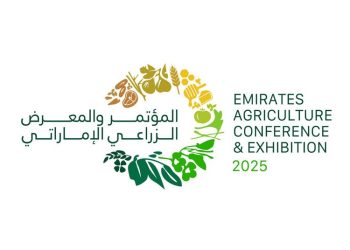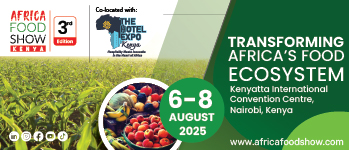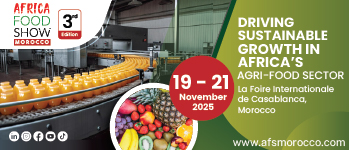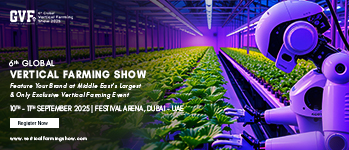Agriculture is the backbone of global food production, and ensuring the safety and hygiene of agricultural environments is critical for sustaining healthy crops and livestock. Agricultural disinfectants have emerged as a fundamental tool in safeguarding both land and animals from diseases and contaminants that can lead to economic losses and lower yields. By killing harmful bacteria, viruses, fungi, and parasites, these disinfectants ensure a safer, more productive environment for farming. This blog will explore the market for agricultural disinfectants, analyzing its size, share, growth trends, and future outlook on a global scale.
Overview of Agricultural Disinfectants
Agricultural disinfectants are available in a variety of forms, including liquids, powders, gels, and granules. Each of these forms has its own advantages, depending on the type of application and specific agricultural needs. Liquid disinfectants are ideal for large-scale spraying, while powders and granules offer extended shelf life and are suitable for more targeted disinfection efforts. Gels, though less commonly used, can be applied in specific areas where consistent exposure is needed. The flexibility offered by these different forms makes agricultural disinfectants versatile and essential for maintaining high standards of hygiene across different farming practices.
Market Segmentation by Form
Agricultural disinfectants come in four main forms: liquids, powders, gels, and granules. Liquid disinfectants dominate the market due to their ease of application and effectiveness in large-scale agricultural settings. They are especially favored for sanitizing equipment and surfaces quickly and efficiently, covering wide areas in a short period. Powder disinfectants, on the other hand, are often used when a longer shelf life is desired, as they can be stored for extended periods without losing their potency. They are typically applied to surfaces or mixed into water for cleaning purposes. Gels and granules are increasingly being used for more targeted disinfection in specific areas, such as feeding zones or high-traffic areas on livestock farms. These forms are also useful for applications where traditional sprays might not be practical, reducing waste and ensuring a more focused application of the disinfectant.
Key Applications of Agricultural Disinfectants
Agricultural disinfectants have a wide range of applications across farming operations. Land disinfection is critical for protecting crops from soil-borne pathogens, which can severely impact yields if left unchecked. By applying disinfectants to the soil, farmers can reduce the risk of diseases like wilt and root rot, fostering a healthier growing environment. Water sanitizing is equally important, especially for livestock farms, where clean water is essential for maintaining the health of animals. Contaminated water sources can lead to the spread of diseases that can decimate herds or reduce the quality of produce. Disinfectants used in water systems ensure that irrigation and drinking water are free from harmful bacteria and viruses. Aerial disinfection is another vital application, particularly in large indoor spaces like greenhouses or barns. Aerial sprays are used to control airborne pathogens that can quickly spread among plants or animals in confined spaces, ensuring a healthier, more productive environment.
Global Market Growth Drivers
The global market for agricultural disinfectants is being driven by several key factors. First, there is a growing awareness of food safety, both among consumers and regulatory bodies. As a result, there is increasing pressure on farmers to maintain hygienic conditions to ensure the quality and safety of their produce. Second, the prevalence of diseases that can affect both crops and livestock is on the rise, making disinfectants a crucial part of disease prevention strategies. Finally, as the global population continues to grow, there is a need for higher agricultural productivity to meet the increasing demand for food. This has led to the adoption of advanced farming practices, including the use of disinfectants, to maximize output and reduce the risk of losses due to disease.
Trends Shaping the Agricultural Disinfectant Market
One of the most significant trends shaping the agricultural disinfectant market is the move towards eco-friendlier and biodegradable products. As environmental concerns become more prominent, both consumers and regulators are pushing for sustainable farming practices that reduce the impact of chemicals on the environment. This has led to the development of disinfectants that are not only effective but also break down more easily in the environment, minimizing their long-term ecological impact. Additionally, there is a growing interest in organic farming, where natural disinfectants are favored over synthetic chemicals. This shift towards sustainability is likely to continue driving innovation in the disinfectant market.
Regional Market Analysis
The demand for agricultural disinfectants varies across different regions, influenced by factors such as farming practices, regulatory requirements, and the prevalence of diseases. North America holds a significant share of the market, driven by advanced agricultural practices and strict regulations regarding food safety and farm hygiene. In Europe, the market is also strong, with a focus on animal welfare and the prevention of livestock diseases. Asia-Pacific is expected to experience the fastest growth, as countries like China and India ramp up their agricultural output to meet the demands of their large populations. In these regions, the need for higher productivity and disease prevention is driving the adoption of agricultural disinfectants at a rapid pace.
Competitive Landscape
The agricultural disinfectant market is highly competitive, with several major players vying for market share. These companies are constantly innovating to provide more effective and environmentally friendly products. Key players are also investing in research and development to create disinfectants that can meet the specific needs of different farming environments, whether it’s crop protection or livestock health. Additionally, companies are focusing on expanding their geographic presence, particularly in emerging markets where demand for agricultural disinfectants is growing rapidly.
Future Outlook and Forecast
The future of the agricultural disinfectant market looks promising, with steady growth expected over the next several years. As the global population continues to increase, so too will the demand for food, putting pressure on farmers to adopt more efficient and sustainable farming practices. Agricultural disinfectants will play a crucial role in helping farmers meet this challenge by providing a means of controlling diseases and ensuring a healthy environment for both crops and livestock. With ongoing innovation and a shift towards eco-friendly products, the market is poised for continued expansion.
These insights are based on a report on Agricultural Disinfectant Market by Transparency Market Research





























